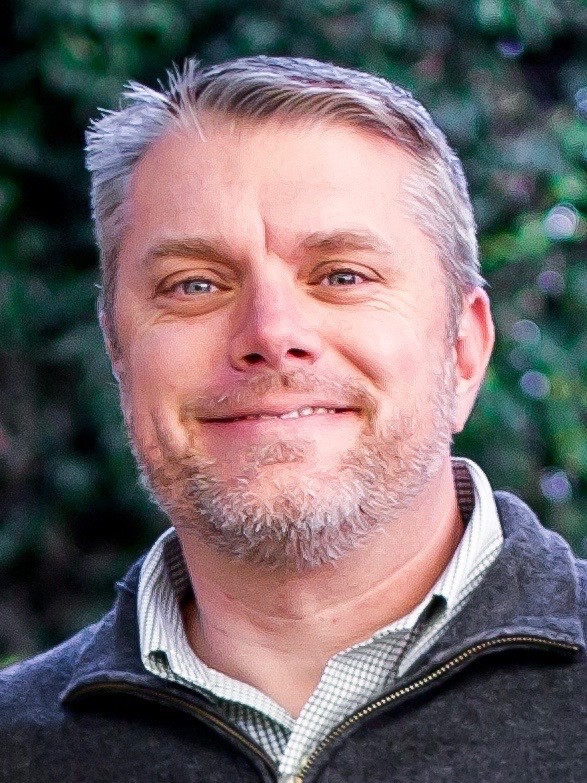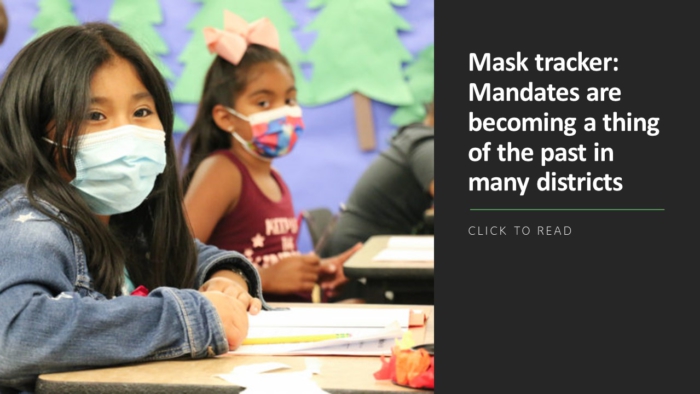
As a former classroom educator, I know the rewards – and challenges – of being a teacher. With all teachers have had to grapple with over the past three years, it’s important to take a step back and celebrate successes.
At the upcoming National Science Teachers Association 2022 National Conference, Discovery Education will host a celebration of science educators. During that event, teachers from across the United States will share how they bring science to life wherever learning takes place. The participating educators are to discuss how they successfully engage students, inspire creativity in the learning space, and power through challenges during this evolving time in education.
Here’s a selection of tips and insights from science classrooms across the U.S.:
Matching sports & math
5th-grade educator in California: “I love college basketball, so I like to do a little March Madness-themed challenge each year in the STEAM Lab. My 5th-grade students love math, so I thought it would be fun to start off with a virtual field trip (VFT). I selected Careers That Count: A Virtual Field Trip with the NBA about math careers in the NBA. The students enjoyed the behind-the-scenes look at the data mining and math involved in making key decisions on the court before, after and during each game. After the VFT, the students were presented with an engineering challenge to create a basketball hoop that stands on its own, the bottom of the hoop (cup) standing at least 6 inches off the table. They also had to create a device to launch a basketball (ping pong ball) into the hoop.”
Integrating choice
8th-grade educator in Georgia: “My 8th-grade science teachers have been using learning playlists to create choice in the classroom. These content playlists empower the teachers to mix and match topics to really engage students. I enjoy embedding the SOS Instructional Strategies into the playlist to reinforce ELA, writing, and critical thinking skills.”
Connecting to the world
8th-grade educator in Texas: “I brought science to life in the classroom by bringing the world to my students through real-world experiments. We built cars and raced them to determine speed, velocity, and acceleration. We acted out scenarios to determine the motion that would occur on an object when an unbalanced force is applied. We studied topographic maps, then applied what we learned to build mountains out of dirt, complete with contour lines. We learned about the phases of the moon, then went outside to observe the moon and determine the phase. Through these activities, we made sense of the world around us.”
No matter where teaching and learning are taking place, one thing that has not changed about the teaching profession is a commitment to the artform of placing difficult concepts within the reach of students by making them engaging, relevant, and real. It has been a joy to witness the unprecedented level of determination and creativity that teachers leveraged to accelerate learning and limit the negative impact on our next generations of science professionals.
I hope that these insights and science celebrations also help demonstrate the importance of sharing successes big and small. When I was a classroom teacher, my best resource was my fellow educators at my school and the larger community of educators that I was connected to across my district. Today, in my new role at Discovery Education, my greatest resource is now a community of educators across the country. Because of them, there is never a shortage of great new ideas on how to engage students and support the success of every learner.
Justin Karkow is the Vice President of Teaching and Learning for Discovery Education. He began his career as a classroom teacher. Mr. Karkow also served as an Instructional Technology specialist in North Carolina prior to supporting classrooms within the EdTech industry. He joined Discovery in 2008 to support and grow Discovery Education’s Discovery Educator Network (DEN).
More from DA



